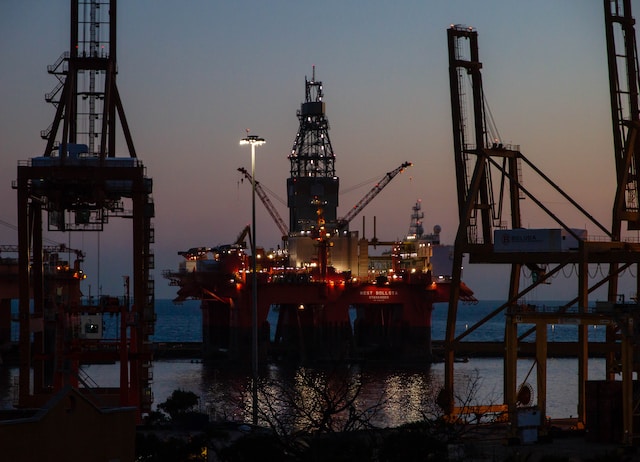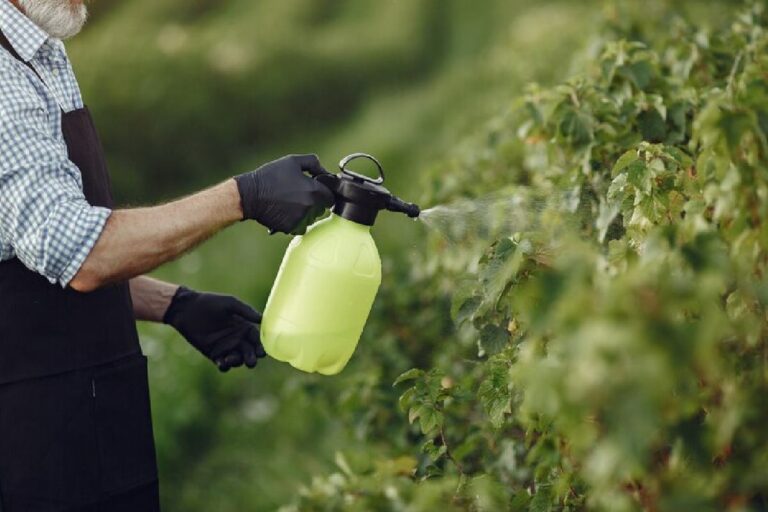Drilling rigs serve as the backbone of the global energy sector, extracting vital resources that power economies and sustain our lives. These essential operations to meet global energy demands also have inherent risks that can lead to severe consequences.
Let’s delve into the drilling rig accidents through the discussion provided here!
4 Causes of Drilling Rig Accidents
The causes of drilling accidents are varied, stemming from mechanical issues, human error, and environmental challenges. This exploration into the accidents delves into the intricacies of factors that contribute to mishaps, as follows.
1. Human Error
Human error is a significant cause of drilling rig mishaps. Most accidents result from human error such as miscommunication, lack of proper training for workers, improper or inadequate servicing or maintenance of equipment, and failure to adhere the safety procedures.
2. Equipment Failure
Faulty heavy machines, pipe corrosion, valve breaks, cables, and welding defects are some of the common issues that can cause accidents. Regular maintenance and thorough equipment inspections are crucial in preventing such failures.
3. Well Control Issues
The well can contribute to drilling rig accidents through various means, such as blowouts, gas leaks, and damage to the structures. Loss of control is often caused by unexpected pressure surges or uncontrolled release of gasses.
Blowout occur when formation pressure exceeds the pressure applied by the drilling fluid. This can lead to uncontrolled oil or gas release, potentially causing explosions and fires. Moreover, gas leaks from the well can also result in fire or explosions on the rig.
Additionally, more catastrophic incidents could occur due to the well structural failure or related equipment. This accident could lead to severe safety events like mentioned below.
- Uncontrolled gas or oil release;
- structural collapse;
- equipment damage;
- environmental harm;
- financial loss; and
- grieve personal injuries; even
- fatalities.
4. Environmental Factors
Rig accidents could be due to environmental factors, such as natural calamities like storms, hurricanes, or typhoons. Offshore drilling rigs are particularly vulnerable to environmental factors such as strong winds and high waves which can lead to structural damage and accidents.
Over time, corrosion is also a significant problem in offshore drilling rigs. Drilling rigs, particularly the one offshore, always deal with seawater which creates pits in the equipment’s metal surface.
Along with these corrosions, welding imperfections and joints create a stress point, leading to serious fall accidents resulting in broken bones and spinal cord injuries. Hence, offshore rig companies need to prioritize safety and adhere to strict protocols to combat such catastrophic events.
5 Kinds of Drilling Rig Safety
Safety is crucial to prevent any drilling rig accidents and ensure the workers’ safety. Working on a drilling rig is a dangerous job, and safety must be a matter of paramount concern. Take a look at the types of safety one should implement below!
1. Fall Protection
The first precaution in the rigs is to make accessible surfaces slip-proof. Fall protection equipment is essential, especially for workers on small or elevated platforms.
2. Lighting Safety and Safety Signage
In drilling rigs, lighting is crucial. Proper lighting in poor visibility areas is needed to help workers perform their jobs and protect them from injury. To ensure proper illumination and safety in harsh outdoor environments, specialized explosion-proof LEDs are recommended.
In addition to proper lighting, high-visibility safety signage is essential for warning workers of potential hazards. Customized safety signage is necessary to communicate specific dangers and ensure safety, even in the event of lighting failure.
Lighting and safety signages are also one of the requirements for regulatory compliance. Occupational Safety and Health Administration (OSHA) require lighting and visible signage to meet their regulations.
3. Machine Protection
Appropriate machine guardings are required to protect workers from hazards such as flying chips, sparks, and equipment entanglement. Along with the protection, employees are obligated to train with the equipment and provide maintenance, and inspections.
Most drilling rig equipment is electrical, therefore all electrical equipment must be correctly insulated and grounded. To prolong the safety period on the rig, all workers should know what to do in case of faulty equipment.
4. Communication
Communication is also essential on the rig. Every personnel must be aware of potential dangers and spots, ultimately avoiding confusion and accidents. Most drilling rig accidents are human error, emphasizing the importance of communication. Effective communication is also essential in case of emergency.
5. Ensure the Rig is Equipped with Proper Kits
Whether it’s safety kits or repair kits, the rig should be fully stocked with additional toolboxes. Repair kits should filled with welding gears, electrical parts, and plumbing so that repairs can be made instantly. Safety kits should be easy to find in case an injury occurs.
Historical Drilling Rig Accidents
Over the years, working on the rig has been known to be notoriously dangerous with multiple historical accidents as proof. Here are some of the known accidents for your information.
1. The Deepwater Horizon
The Deepwater Horizon is the most well-known disaster of an oil rig. On April 20, 2010, the rig exploded and caught on fire off the coast of Louisiana.
One year prior, the engineers were concerned that the rig would not be able to withstand the pressure. However, the workers are afraid to lose their jobs if they raise concerns to the higher-ups. In March 2010, the blowout preventer was damaged but still unreported.
It was later found that the blowout hadn’t been inspected in 5 years. On April 20, a methane gas bubble made its way up the drill column, expanding larger as it traveled upwards and caused fire for 24 hours before the Deepwater Horizon sank. As a result, 11 were killed and 17 had to be transported to trauma centers.
2. The Mumbai High North
22 out of the 384 workers died in this accident. The drilling rig accident started because a support vessel collided with the rig. Multiple gas risers broke, causing gas leaks. The gas exploded and set the rig on fire.
The Unforeseen Tragedy of Drilling Rig Accidents
Drilling rig catastrophes are a result of technical, human, and operational factors. A holistic approach to prevent these incidents is essential for enhancing drilling operation safety. Correspondingly, continuous improvement and learning should gradually minimize the occurrence and severity in the future.



